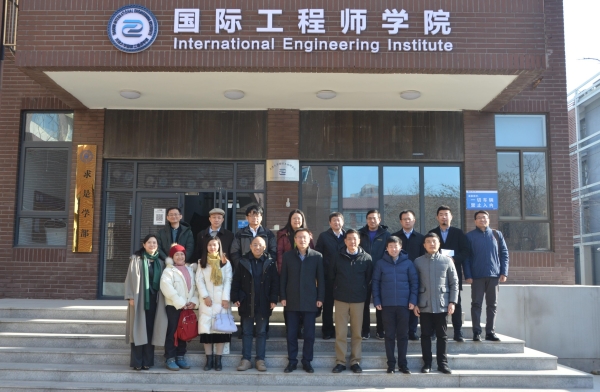“TJU Begonia Season”—Sino-French Painting Begonia Spring Activities
2019-04-02
Spring is in the air everywhere and the east wind is resting.
2019 “TJU Begonia Season” is finally coming.
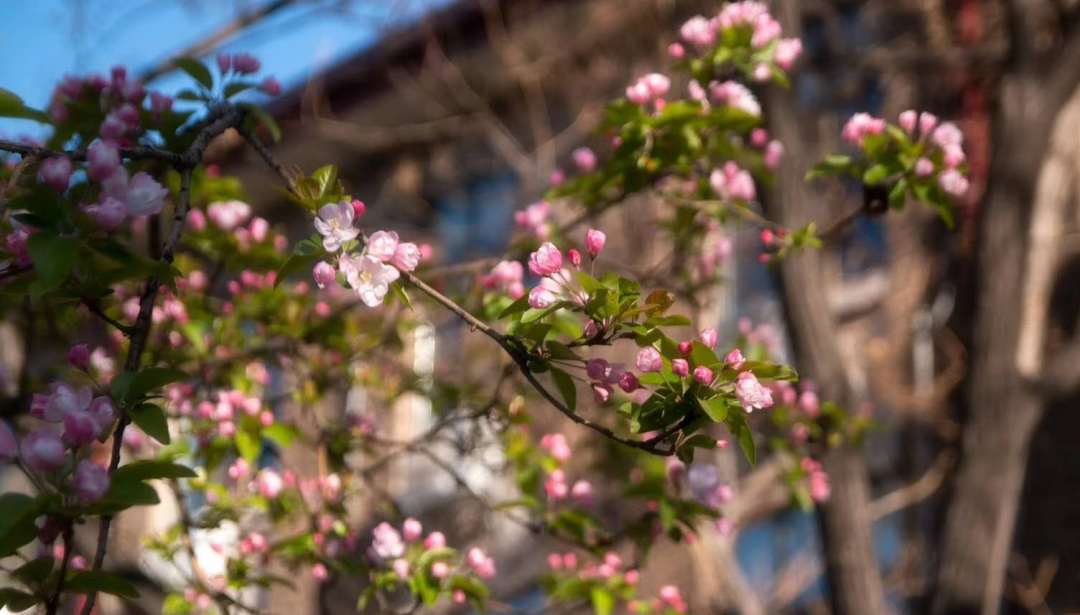
Spring-like wine glasses are thick which makes begonia weak.
The beautiful flowers and blue sky make tourists indulge in pleasures without stop.
TIEI “Sino-French Painting Begonia Spring Activities” brighten up the spring.
French exchange students complete their painting under the careful guidance of the painting and calligraphy teacher Fu Gang.
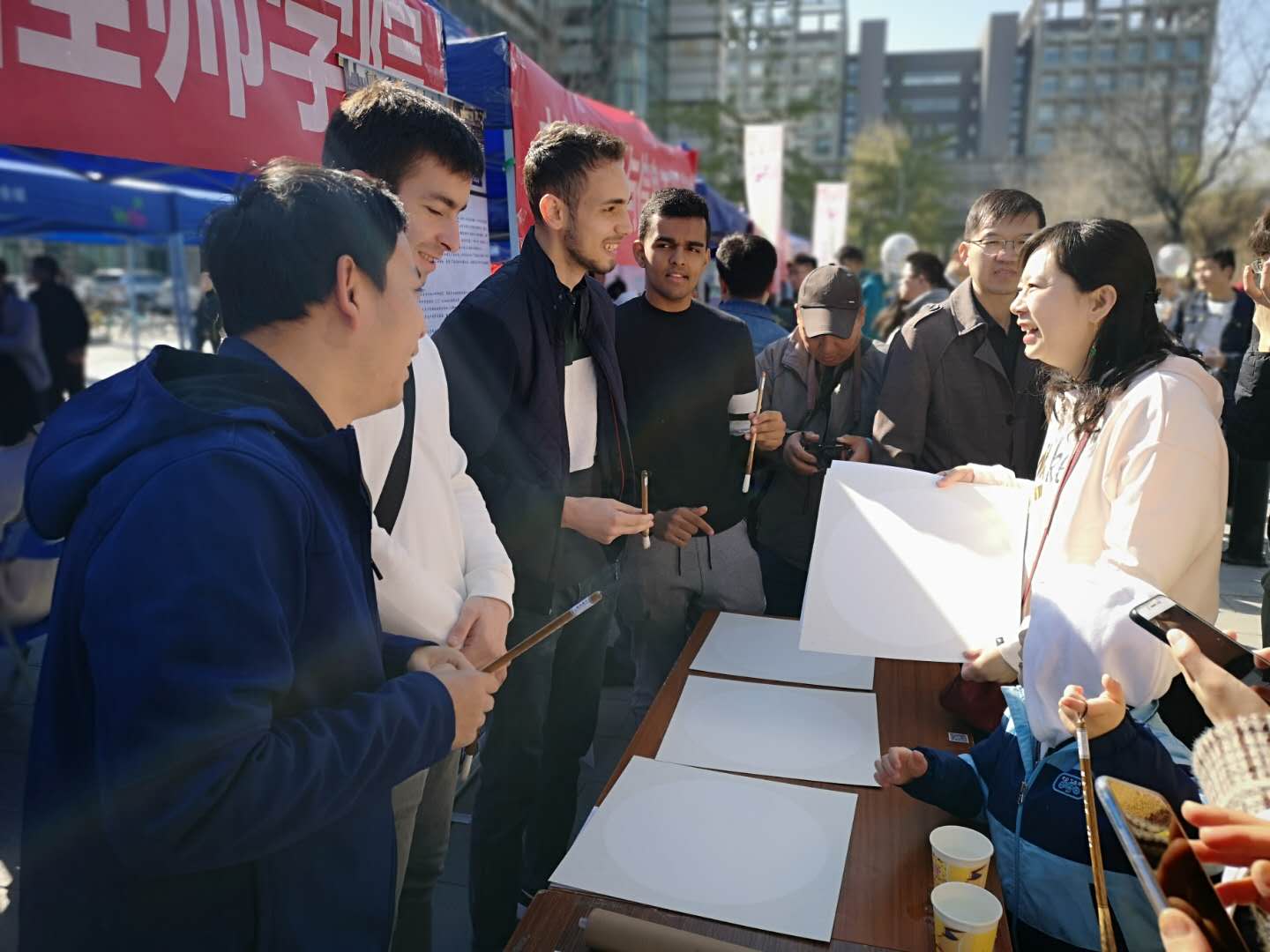
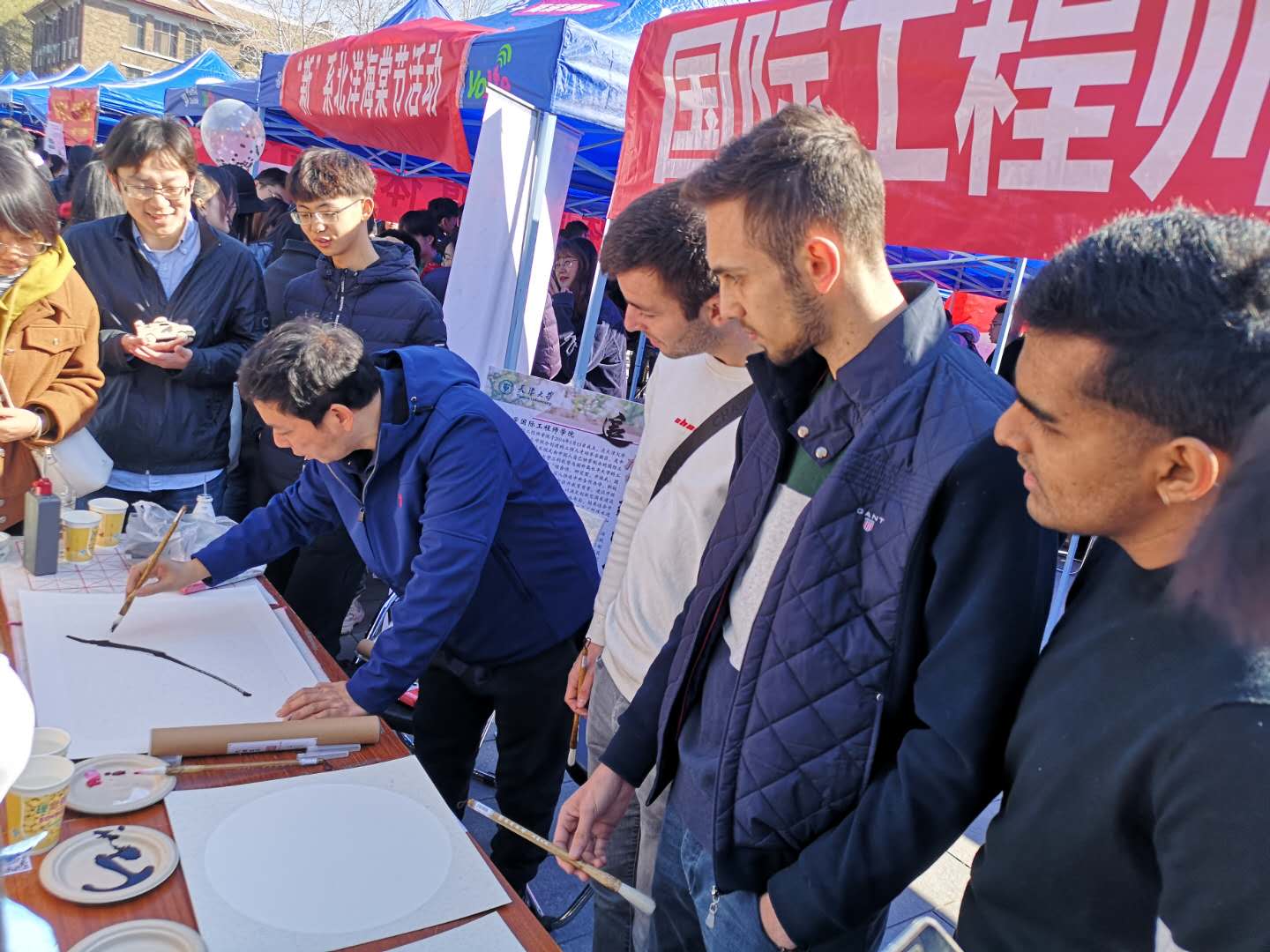
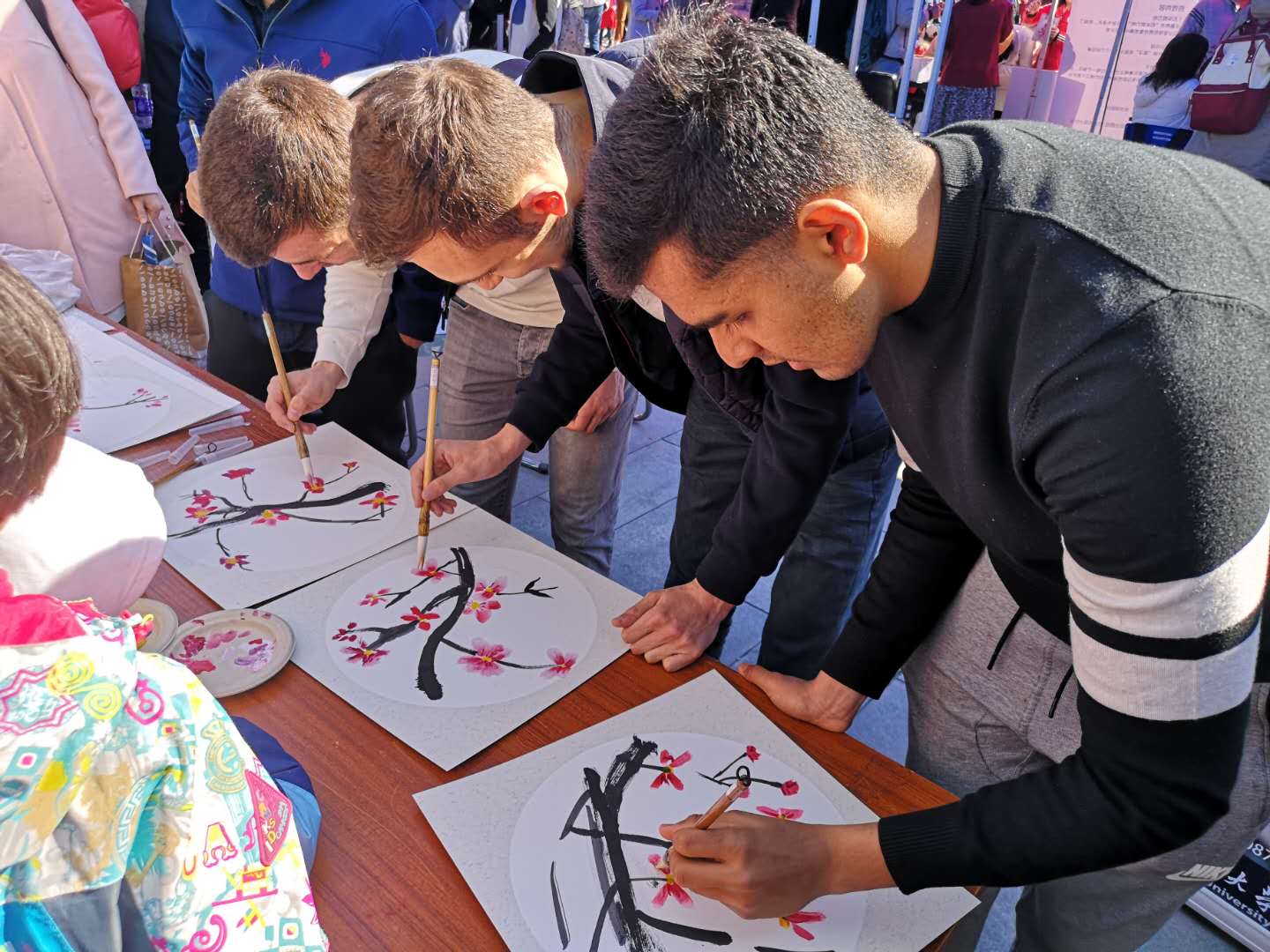
The new coming foreign teacher Mohamad received his first Chinese gift.
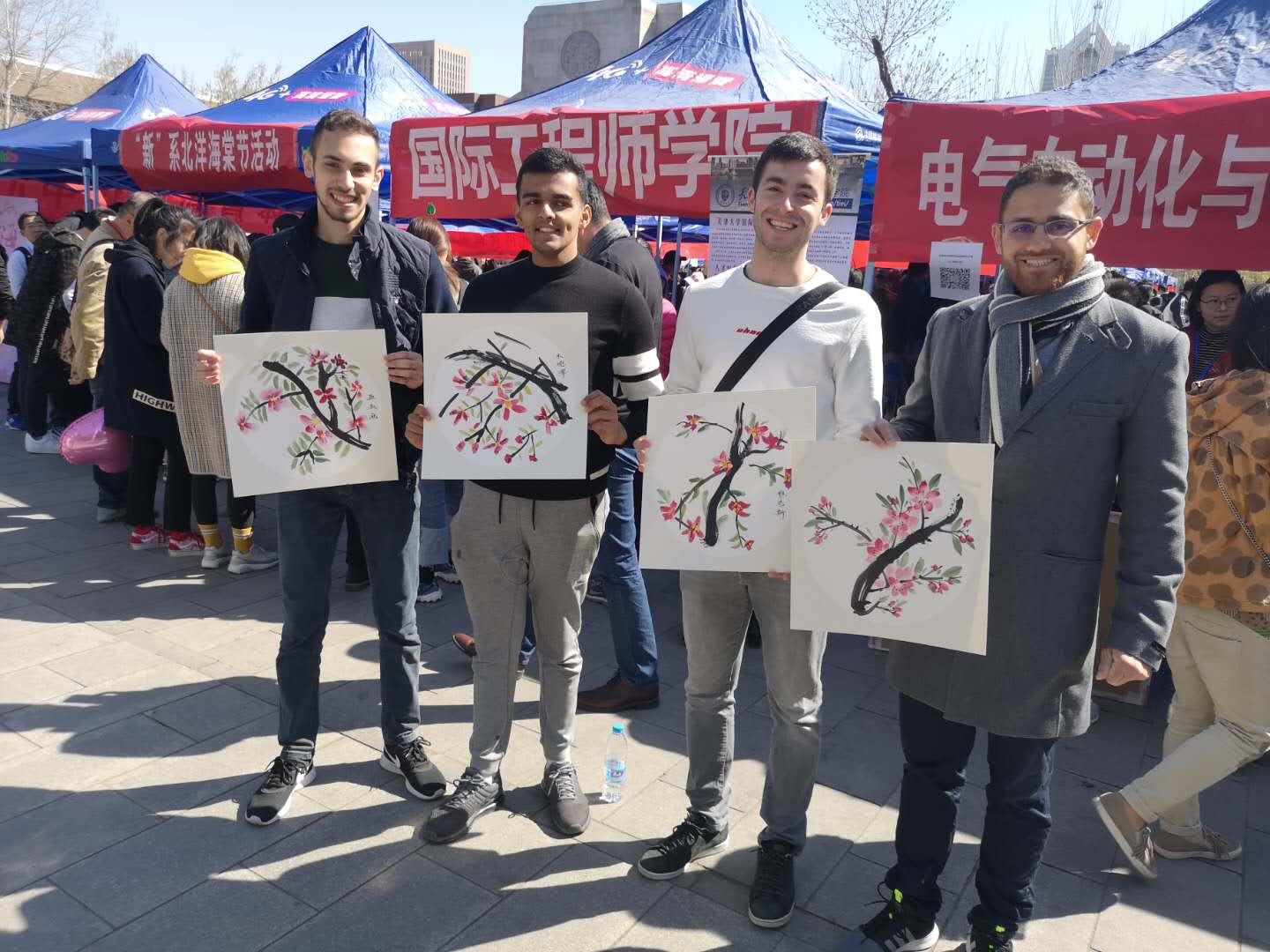
Experience Chinese Painting Art; Painting their own begonia.


This year's begonia season has ended satisfactorily.
Looking forward to new arrivals and old returns.
Next year hope everyone can come again and see the beautiful flowers.
Special Guest:Painting and calligraphy teacher—Fu Gang

Fu Gang is currently the Director of the Cultural and Art Center of the Architectural Design and Planning Institute of Tianjin University, a Visiting Professor of Tianjin Normal University and Civil Aviation University of China, a member of the National Youth Federation, a member of the China Democratic National Construction Association, an academic member of the Chinese Culture Research Council Painting and Calligraphy Committee and so on. Mr. Fu graduated from Tianjin University, Tianjin Academy of Fine Arts, and Peking University Chinese Painting High School. He is a very sought-after strength young painter. Fortunately, he was personally taught by Fan Zeng, Wang Shuping, Yao Jingqing and other Chinese famous painters, and deeply got the essence of Chinese painting.
In terms of calligraphy, he learned from the masters of the famous calligraphers such as Rui Ruifeng and Zhang Jianhui who had laid a deep foundation in calligraphy. After many years’ hard work, his paintings and calligraphy gradually formed an elegant, delicate artistic features.
It is reported that many works by Mr. Fu Gang have been collected by the National Museum of History, the State Organs Administration, the Korean government and other important national palaces.



